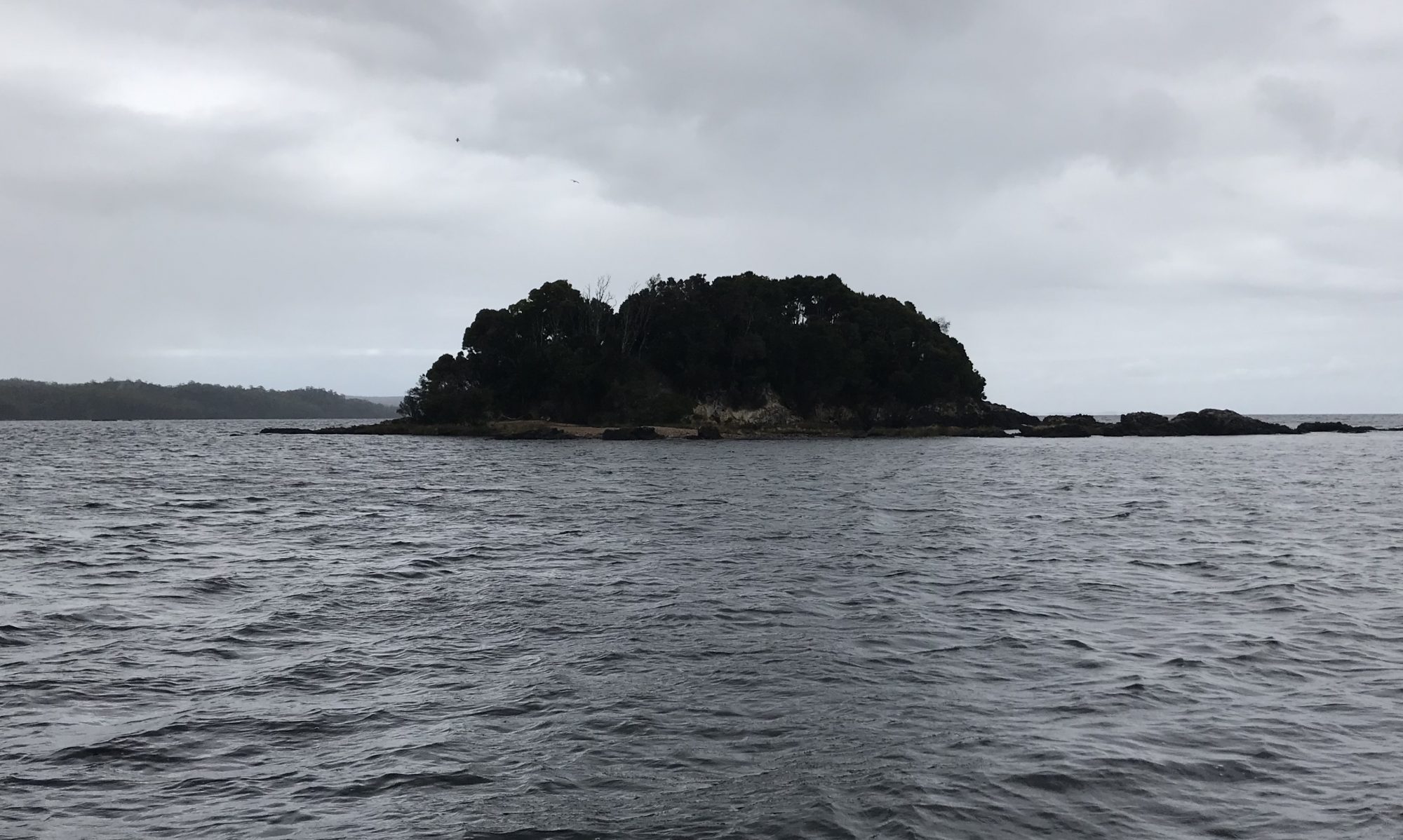#14 Old Cobbers
Tasmania’s first and only Australian prime minister – Joseph Lyons – hailed from “lobster country” in the northwest. He and his lifelong pal Horace Pithouse spent many happy an hour fishing for lobsters and blackfish in the rivers and creeks around Smithton. Lobsters feature prominently in Pithouse’s “historical romance” The Luck of 1825 published in 1922.
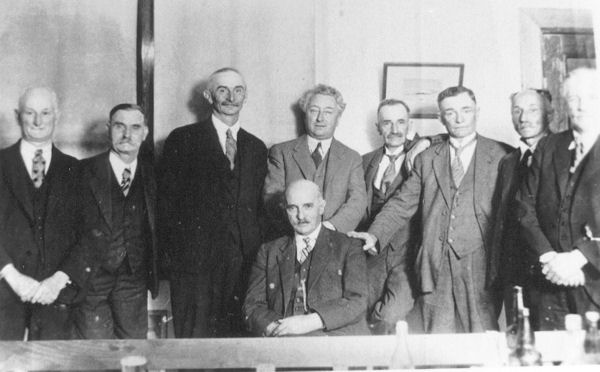
#13 Waratah – online at Forty South Tasmania
Last Summer, we camped by the lake just behind the Athenaeum Hall in Waratah. It’s a town steeped in mining history. Tasmania’s first mining “rush” began here in 1871 when James “Philosopher” Smith discovered tin on nearby Mt Bischoff and thousands flocked here to seek their fortune. Today, sleepy Waratah belies its bustling past. Most visitors stop here to walk to Philosophers Falls on the upper reaches of the Arthur River 11 km from town. The Arthur River marks the southernmost extent of the range of the lobster.
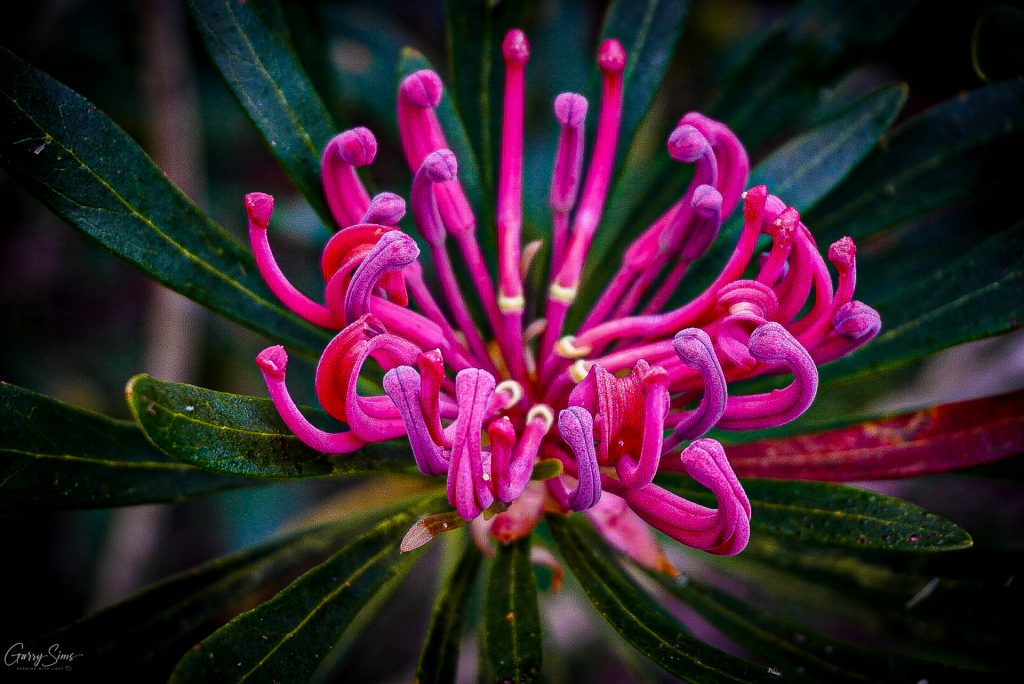
#12 After the Flood – online at Forty South Tasmania
The short-tailed rain crayfish was last seen in 1980. It was thought to be extinct after its only known habitat – 10 km2 in the upper King River valley was flooded when the Crotty Dam was built in 1991 to create Lake Burbury for a hydroelectric scheme. Being a terrestrial burrowing crayfish, this was not good news. But while we were all locked down, a team of freshwater ecologist led by Drs Alastair Richardson and Niall Doran re-discovered it!
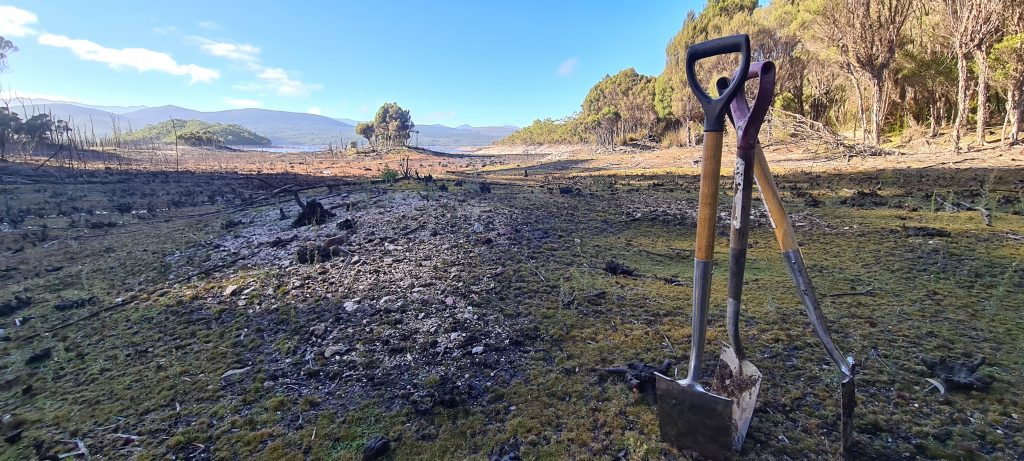
Fiona Marshall leads the from the Giant Freshwater Crayfish Project for the Cradle Coast Authority’s Natural Resource Management (NRM). I accompanied her on a day out, visiting landholders who are helping to conserve the lobster and its habitat. I got to visit some of northern Tasmania’s “Secret Rivers”
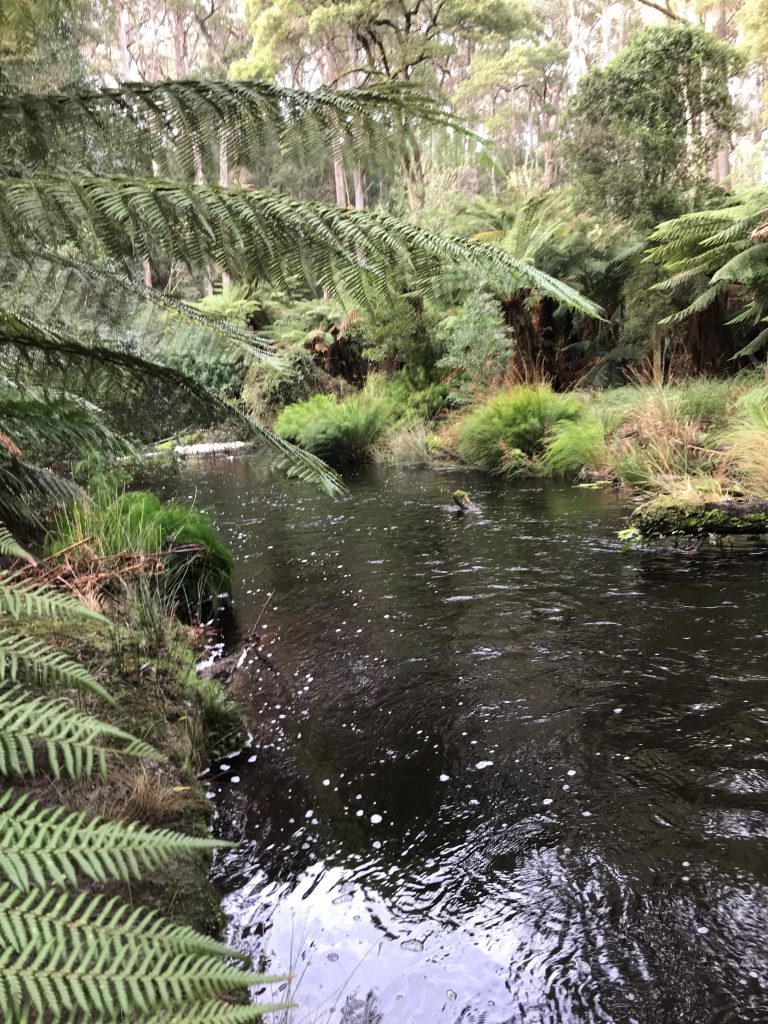
#10 Mr Gray’s Mysterious Collector – Part 2 – online at FortySouth Tasmania
Ronald Campbell Gunn collected botanical and zoological specimens for some of the great natural history scientists of the 19th century. He’s my prime candidate for Mr Gray’s mysterious collector. Gunn was a favourite of the vice regal couple Sir John and Lady Jane Franklin – particularly Lady Jane…
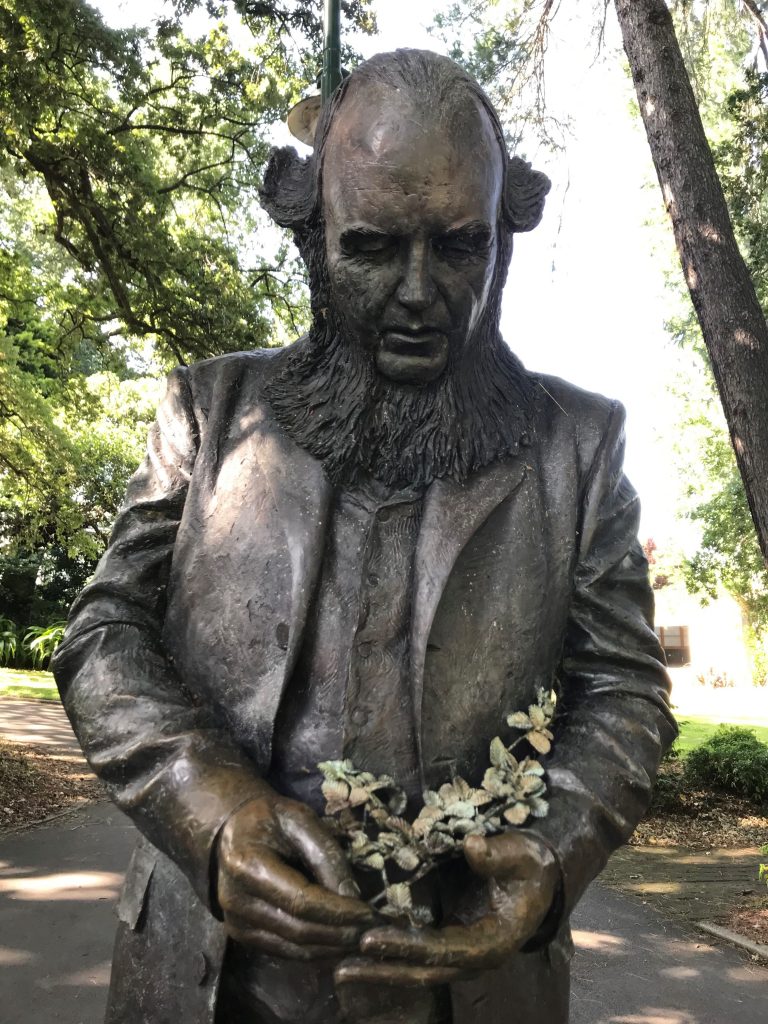
#9 Mr Gray’s Mysterious Collector – Part 1 – online at FortySouth Tasmania
In the British Natural History Museum are two specimens of ‘tayatitja’ (pronounced tie-yah-tee-tchah) the smaller southern cousin of lutaralipina, the giant fresh water crayfish or “lobster”. They’ve been there since the late 1830s, but the Museum’s “Keeper” of Zoology, John Edward Gray, didn’t record who sent them to him. After some sleuthing, I’ve narrowed it down to two candidates. The first is Gray’s nephew, Commander Alexander Smith RN.
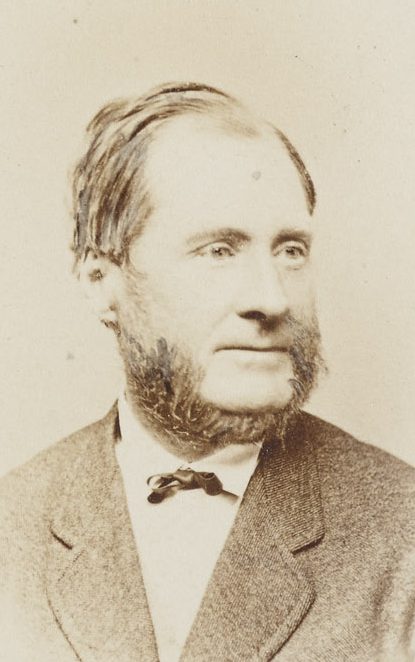
#8 Life Underground – online at FortySouth Tasmania
Several of Tasmania’s burrowing crayfish were first collected by a Prussian sheep-breeding expert who worked for the Van Diemen’s Land Company. The “type” specimens are in the Museum für Naturkunde in Berlin. Confusion about exactly which species they were was only recent resolved…
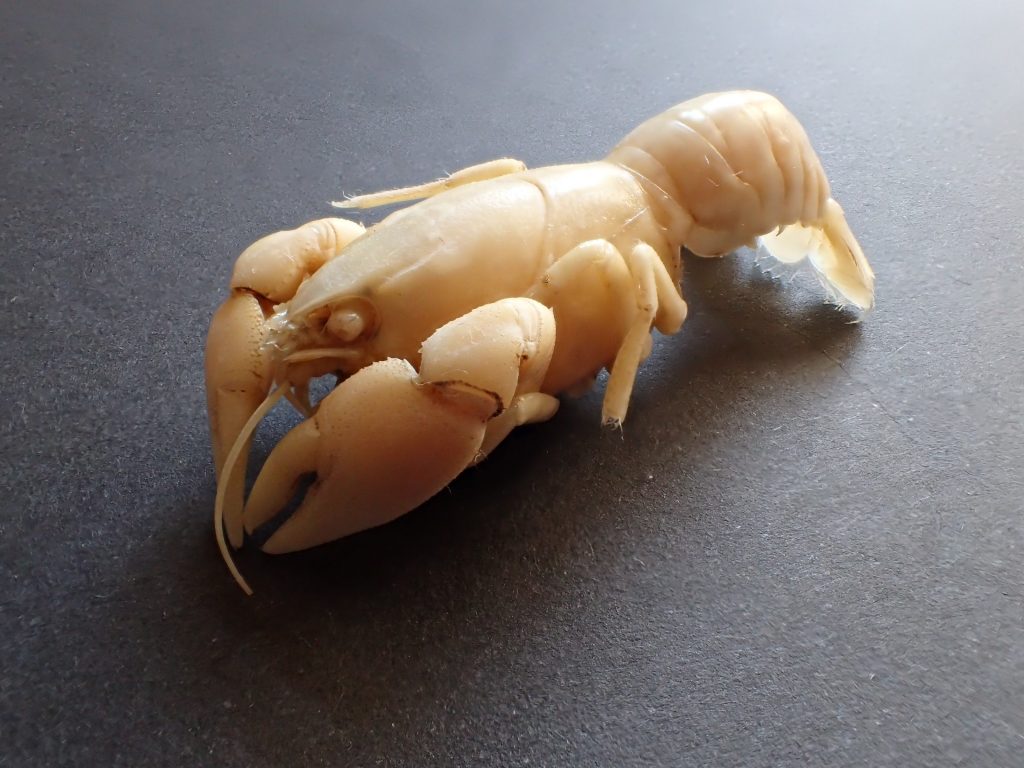
Premek Hamr is affectionately known as “Dr Crayfish” by the students of Upper Canada College in Ontario. His nickname alludes to a former life as an internationally respected freshwater ecologist. Halfway around the world, Lake Oberon sits high in the Western Arthurs in the south-west wilderness. beneath its waters small, golden-brown fish dart in and out among the aquatic plants growing in its cold water. If it wasn’t for “Dr Crayfish” – these little fish would be extinct.

Also available in Tasmania 40ºSouth Magazine, Issue 102, Autumn 2021
#6 Gould’s Creek – online at FortySouth Tasmania
Hidden in the hills behind Scottsdale in northeast Tasmanian is ‘Gould’s Creek’. But you won’t find Gould’s Creek on any modern map…
Tasmania 40ºSouth Magazine, Issue 101, Winter 2021
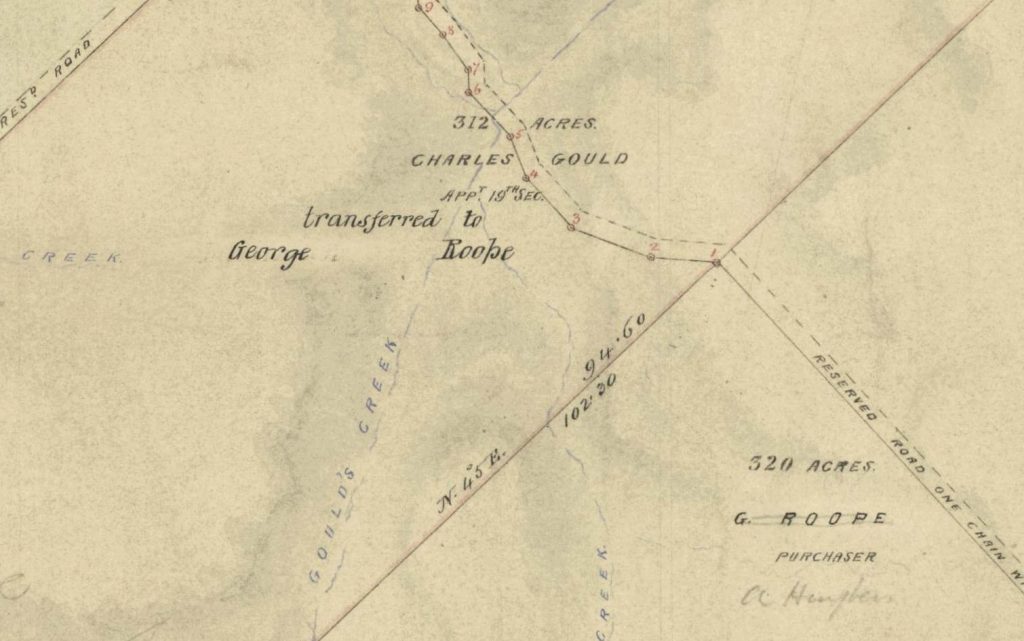
#5 Inside the Mountain – online at FortySouth Tasmania
An adventure on and inside kunanyi to find minuscule mountain shrimp and Tasmania’s largest spider.
Tasmania 40ºSouth Magazine, Issue 100, Autumn 2021
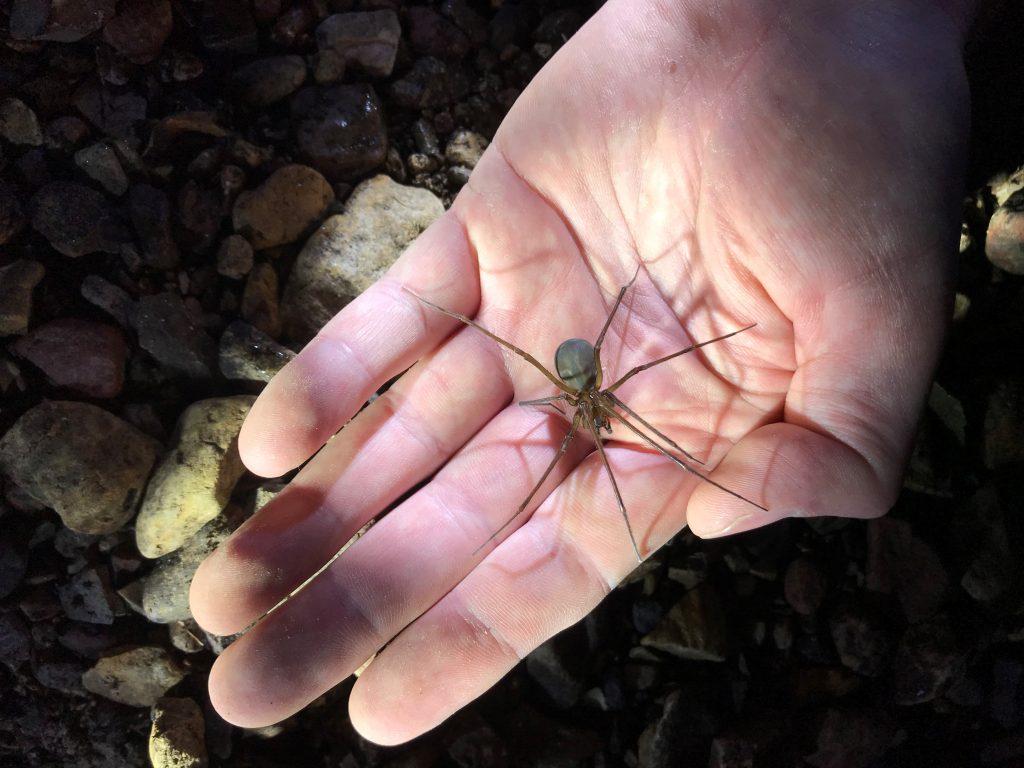
Tasmania 40ºSouth Magazine, Issue 99, Summer 2020/21
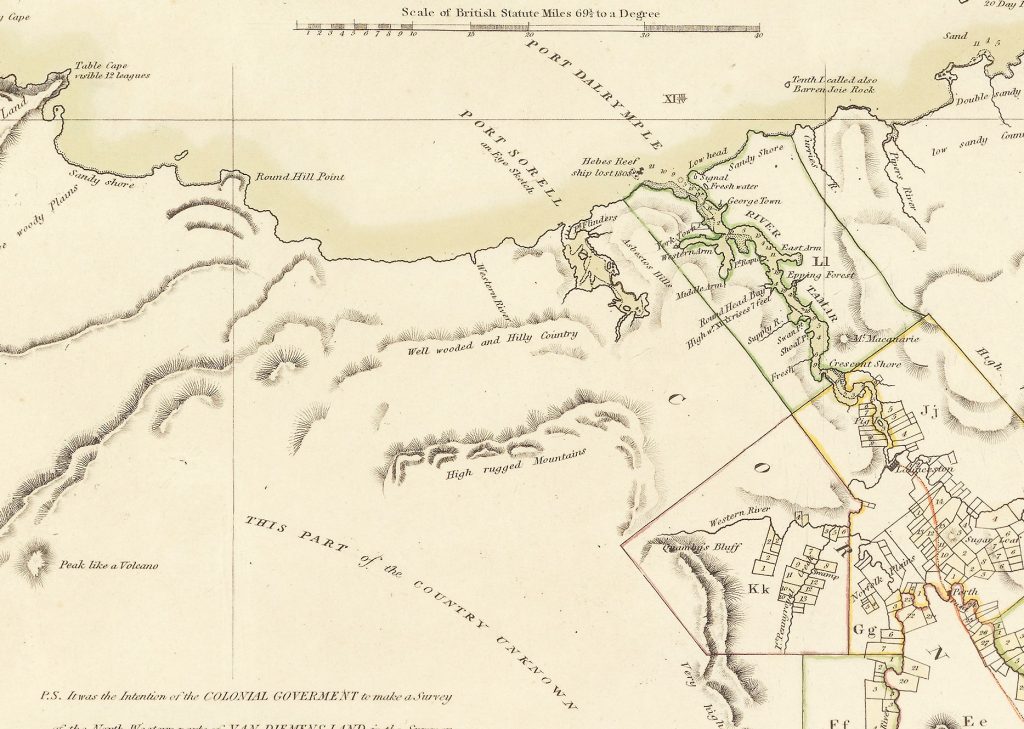
Read about reading about lobsters in Tasmanian literature
Tasmania 40ºSouth Magazine, Issue 98, Spring 2020
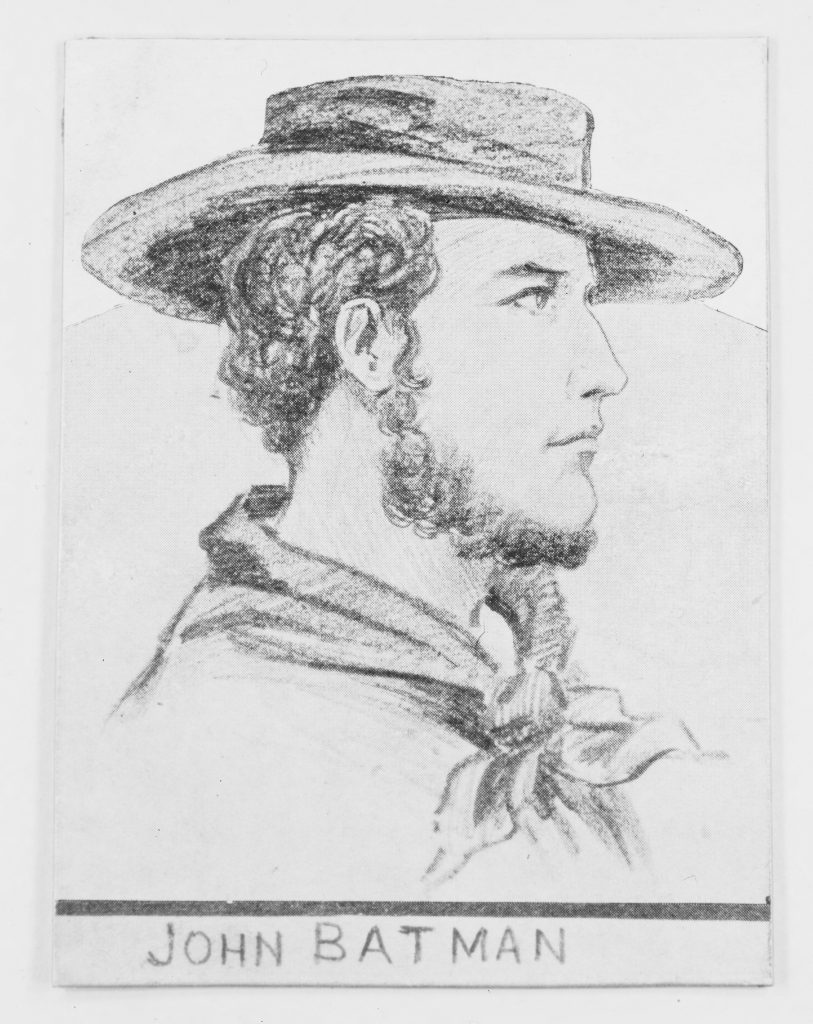
The Lobster unlocks the backrooms of Melbourne Museum
Tasmania 40ºSouth Magazine, Issue 97, Winter 2020
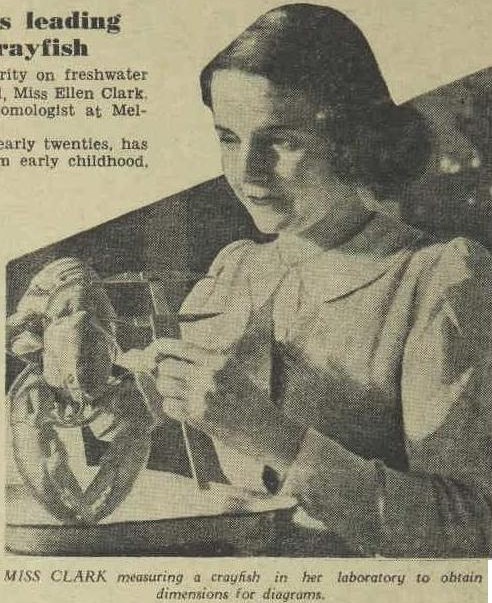
John Helder Wedge catches and eats the lobster. But that’s not all he captures on this expedition.
Tasmania 40ºSouth Magazine, Issue 96, Autumn 2020

